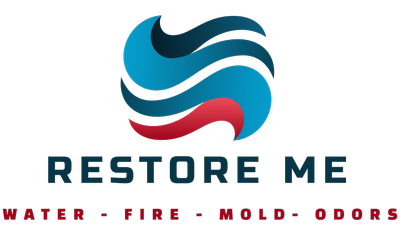
Education-Only
Automobile Odor Insurance Guide
How to document smoke, flood, or stubborn “mystery” odors in vehicles—and how to ask your carrier the right questions.
Education only—not legal advice and not a guarantee of coverage.
10-Minute Checklist
Quick Start
-
Park safely; ventilate with doors/windows in a secure location.
-
Photos of cabin, headliner, carpets, trunk, and any signs of smoke residue/water lines.
Short video stating date, plate/VIN, mileage, and where odor is strongest.
-
Seats, carpets/mats, trunk lining, headliner, HVAC vents.
-
Filters, detailing, temporary deodorizers (note: perfumes don’t count as removal).
-
When odor began; events (purchase, incident date, prior owners, flood exposure).
What to Ask the Carrier
“Is odor removal from [smoke/flood/other] potentially covered on my policy?”
“What documentation do you need?”
“Do you require an estimate and a before/after report?”
“Any approved vendors or process requirements I should know about?”
Vehicle
Documentation Kit
Photo Prompts
Cabin wide shots (front/back), close-ups of suspected residue or water lines
HVAC vents/filters area, trunk/spare-well, under mats
If flood: underside carpets (lift carefully), wiring harness areas (visible only)
Video Prompt (30–45 sec)
“Today is [date]. Vehicle [year/make/model, plate/VIN]. Odor strongest in [location]; I’m showing areas that may hold residues.”
Itemized Areas
Area
Material
Condition
Notes (odor intensity 1–10; visible residue)
Post-Treatment Summary
(if service performed)
Before/after photos, process used (e.g., BioSweep®), cabin filter change, any additional cleaning notes.
Education
What Actually Neutralizes Vehicle Odors
Residue removal
vacuuming, targeted cleaning of porous/hidden spots (under mats, trunk wells).
Cabin filter replace
inspect evaporator/duct odor pathways.
BIOSWEEP® vapor-phase
treatment to address air/surfaces where residues linger—no heavy perfumes.
What’s Different?
Flood vs. Smoke vs. “Mystery” Odors
Scenario
Flood/Water
Smoke
Mystery
Clues
Water line, damp under carpet, musty smell
Ash, yellowing film, headliner/vents smell
Localized area, spill history
Typical Steps (Education)
Drying/cleaning, filter change, BioSweep® as needed
Residue cleaning, filter change, BioSweep®
Targeted cleaning + BioSweep®; track source
Proven Answers
Frequently Asked Questions
-
Coverage depends on policy, cause, and carrier. Ask the questions above and follow their instructions.
-
Many vehicle odor jobs complete in a few hours, plus ventilation—severity and prep vary.
-
Used appropriately, yes. We’ll advise on sensitive materials (leather, Alcantara, natural fibers).
-
Not always. Depends on source and severity. We’ll assess and recommend.
Houston & Austin Availability
We service vehicles in Greater Houston and Greater Austin (by appointment).
City pages:
Houston | Austin
Prefer to talk to a human? Schedule Service




